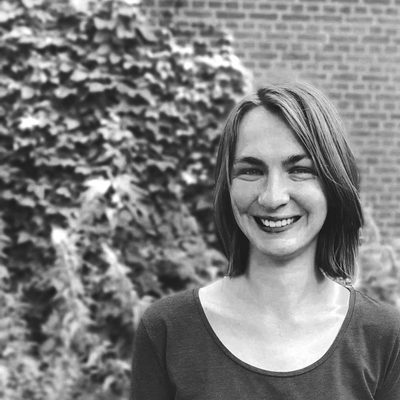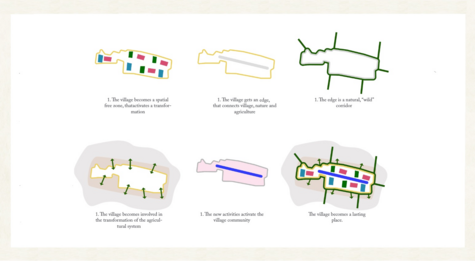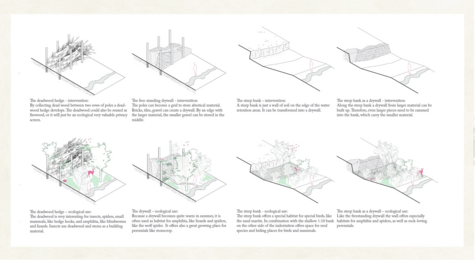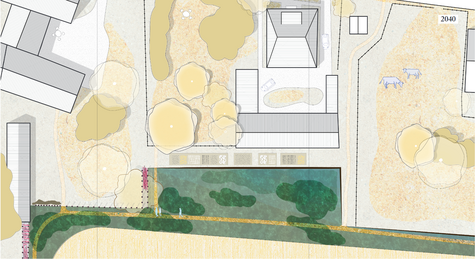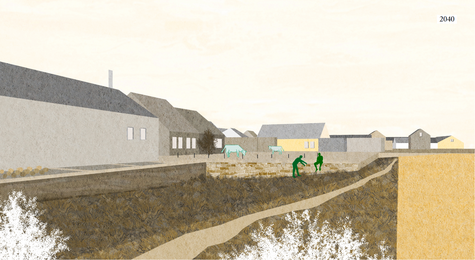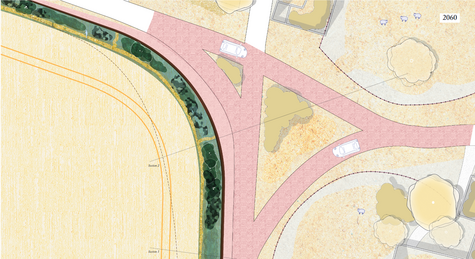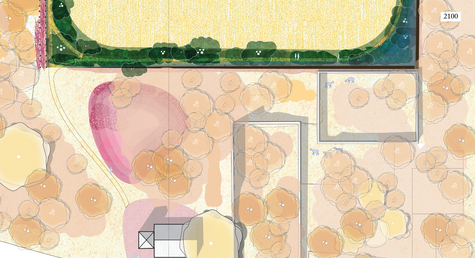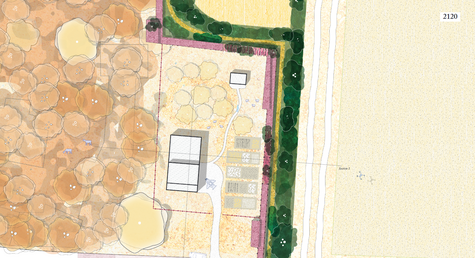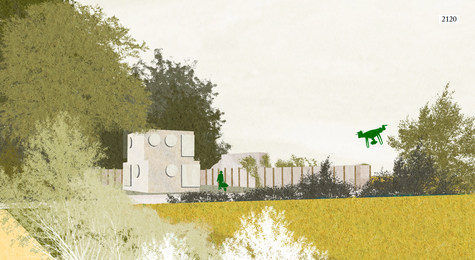Marlena Rether
A lasting place
How a small village could endure shrinkage and activate landscape development
Many villages are shrinking and worry about their future, while many people in cities would also like to live in the countryside, if they could make a living. At the same time needs the current way of farming in northern Germany a change to have a future at all and to protect the local species. 'A lasting place' is a research by design about the future of such a village and its relation with the surrounding landscape. How could a village endure until people move back into the countryside and how could it even contribute to a more sustainable countryside?
The little street village in Northern Germany is a case study and exemplary for the relation between inhabitants, farming and wildlife. In its origin a farmer’s village, it changed to a place for living, that provides a lot of private space and materials for the inhabitants, but lacks in communal activities and a connection to the farmland. In addition to that, plots at the edge of the village are unused or are already used as farmland.
Interpreting the development and needs of the inhabitants from a personal point of view, the design connects the farming, the wildlife and the community in a communal zone around the villages, which protects the village from disappearing but also strengthens the ecological network and the social community. By exchanging unused land with the farmer, the project introduces a switch from an intensive, monocultural agriculture to a layered, nature inclusive system with the help of the village community.
The design of the zone is a process, that develops during a long period of time. Starting with just a simple intervention, different timeframes show the elaboration of a communal material library, an ecological corridor and water buffers around the village. During the years material can be collected and shared in this library. This material is organic or inorganic and will not only be used by the village inhabitants but also by a lot of species as hiding, breed and living space. More and less use of this material reflects also in the space that is there for nature development. In this way, after a period of shrinkage and an abandoned village new inhabitants can rediscover and reuse this library at any time.
Afstudeerdatum: 15 juni 2021
Afstudeercommissie: Mirjam Koevoet (mentor), Ira Koers en Berrie van Elderen
Toegevoegde leden t.b.v. het examen: Saline Verhoeven en Marc van Nolden
